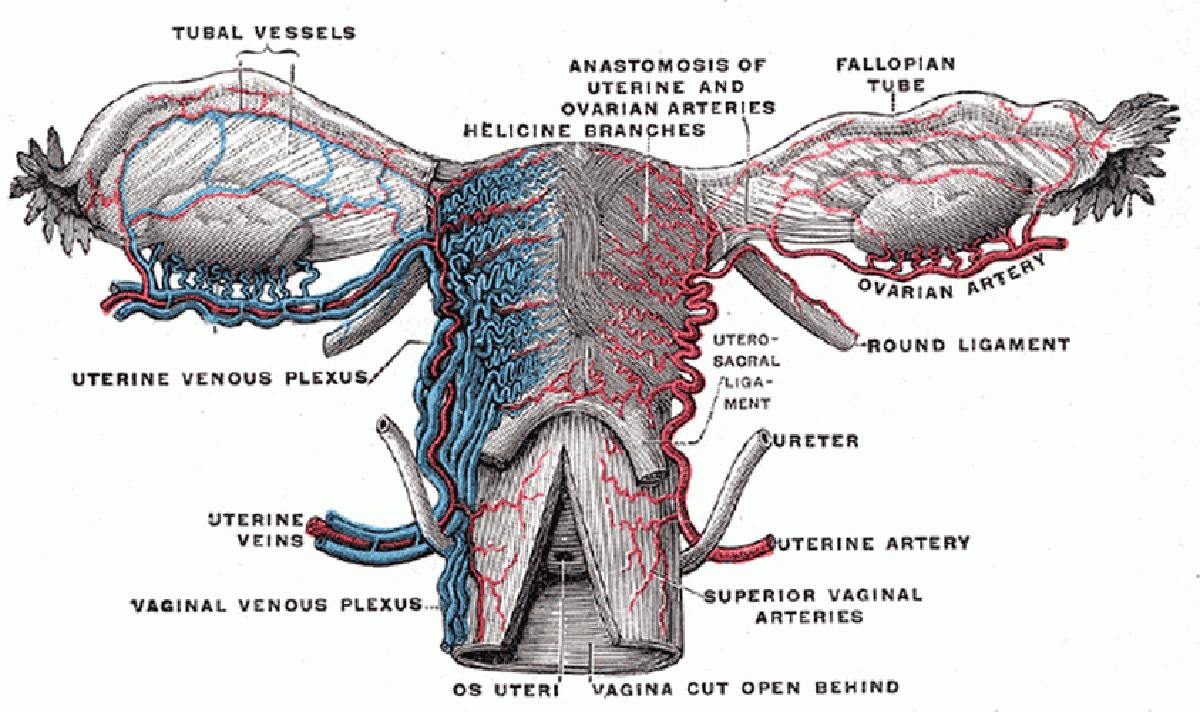Table of Contents
Diagnosing Uterine Fibroids
The first step in diagnosing uterine fibroids is a simple pelvic exam. Your doctor will palpate (examine by touch) your uterus to feel for any abnormalities. Unfortunately, this isn't always an accurate diagnostic. The fibroids may be positioned in a way that makes them undetectable by simple touch.

The next step taken is an ultrasound. This can be a transabdominal ultrasound with the doctor moving the transducer over the abdomen, or it can be done transvaginally with a transducer inserted into the vagina. Either way, the ultrasound allows the doctor to visualize the uterus and determine the presence of uterine fibroids.
In some cases, such as when abnormal bleeding is present, your doctor may request a pelvic MRI. An MRI provides a clearer picture of the uterine anatomy than an ultrasound. It allows better measurements to be taken of any fibroids that are present. It also helps your doctor to see if any of the fibroids are degenerating or deteriorating.
Finally, if your doctor suspects that any uterine fibroid is cancerous, he or she will order a biopsy.
Treatment Options
For uterine fibroids that are asymptomatic, no action is necessary. Non-surgical techniques for managing symptomatic uterine fibroids include oral contraception and IUDs to reduce heavy bleeding, iron supplements to treat anemia caused by heavy bleeding, and over the counter medications such as ibuprofen for pain. All of these options only treat the symptoms, though, and they all come with their own risks and side effects. There is the option of short-term hormone therapy to shrink the fibroids. Luteinizing hormone-releasing hormone (LHRH) can be injected, but the tumors will return when the therapy ceases.
To really get rid of fibroids, surgery is necessary. There are a few methods that are utilized. Hysteroscopy (inserting an endoscope into the uterus) allows a surgeon to remove fibroids by electrocautery. The fibroids are cut away and the blood vessels are cauterized at the same time with an electrically-charged tool.
Read More: Intrauterine Devices: A Contraceptive Option More Women Should Consider
Another method is uterine artery embolization. During this outpatient procedure, the patient is lightly sedated while a catheter is inserted into the femoral artery and threaded up to the uterine artery. Special particles are released into the blood vessels that supply the fibroids, blocking them and choking off the fibroids' blood supply. While the procedure itself is low-risk, it may affect fertility and cause problems with future pregnancies. Therefore, this procedure is generally recommended for women whose families are complete. For women who want to have children in the future, a myomectomy is preferred. This is a direct removal of the tumor and usually does not affect fertility.
The last resort for treatment is a hysterectomy, which is the complete removal of the uterus. This is a highly-invasive surgery and is only used when no other options are available. Obviously, a hysterectomy renders a woman infertile. For those of child-bearing age, it would be a serious decision to be made between patient and doctor.
- Uterine fibroma. (2001). In Taber's Cyclopedic Medical Dictionary (pp.761-762, Edition 19). Philadelphia, PA: F. A. Davis Company.
- Photo courtesy of Quinn Dombrowski by Flickr : www.flickr.com/photos/quinnanya/3706412802/
- Photo courtesy of Arcadian by Wikimedia Commons : en.wikipedia.org/wiki/File:Gray589.png

